GUIDE
In the digital age, managing assets effectively can make or break an organisation. With the exponential growth in digital content, businesses face the challenge of storing, organising, and retrieving assets efficiently. Enter Digital Asset Management (DAM) systems—a transformative technology that promises to streamline your asset management process. But how do you successfully implement a DAM system that meets your organisation's unique needs?
Understanding the intricacies of DAM implementation is crucial for reaping its full benefits. The right DAM system empowers your team, enhances collaboration, and improves workflow efficiency. It reduces the time spent searching for assets and ensures brand consistency across all channels. Yet, implementing a DAM system is not merely a technological upgrade; it is a strategic initiative that requires careful planning and execution.
This guide will walk you through the essential steps for implementing a DAM system. We will explore the critical factors to consider before selecting a platform, from assessing your organisation’s specific requirements to understanding the broader market landscape. You will learn how to navigate common pitfalls and make informed decisions that align with your long-term objectives.
- Discover the key components that define an effective DAM strategy.
- Uncover the common mistakes that organisations make and learn how to avoid them.
- Gain insights into best practices that ensure seamless integration and user adoption.
- Explore real-world examples of successful DAM implementations and the lessons they offer.
Join us as we delve into the world of Digital Asset Management, arming you with the knowledge to transform your asset management approach. Whether you are new to DAM systems or seeking to optimise an existing one, this comprehensive guide will provide the clarity and confidence needed to embark on your DAM journey.
Introduction
In the digital age, managing assets effectively can make or break an organisation. With the exponential growth in digital content, businesses face the challenge of storing, organising, and retrieving assets efficiently. Enter Digital Asset Management (DAM) systems—a transformative technology that promises to streamline your asset management process. But how do you successfully implement a DAM system that meets your organisation's unique needs?
Understanding the intricacies of DAM implementation is crucial for reaping its full benefits. The right DAM system empowers your team, enhances collaboration, and improves workflow efficiency. It reduces the time spent searching for assets and ensures brand consistency across all channels. Yet, implementing a DAM system is not merely a technological upgrade; it is a strategic initiative that requires careful planning and execution.
This guide will walk you through the essential steps for implementing a DAM system. We will explore the critical factors to consider before selecting a platform, from assessing your organisation’s specific requirements to understanding the broader market landscape. You will learn how to navigate common pitfalls and make informed decisions that align with your long-term objectives.
- Discover the key components that define an effective DAM strategy.
- Uncover the common mistakes that organisations make and learn how to avoid them.
- Gain insights into best practices that ensure seamless integration and user adoption.
- Explore real-world examples of successful DAM implementations and the lessons they offer.
Join us as we delve into the world of Digital Asset Management, arming you with the knowledge to transform your asset management approach. Whether you are new to DAM systems or seeking to optimise an existing one, this comprehensive guide will provide the clarity and confidence needed to embark on your DAM journey.
Navigation
Steps to Follow
ONE
Actionable Steps
Examples
Best Practices
TWO
Actionable Steps
Examples
Best Practices
THREE
Actionable Steps
Examples
Best Practices
Common Mistakes to Avoid
Implementing a Digital Asset Management (DAM) system is a transformative undertaking that requires careful planning, execution, and continuous evaluation. Success hinges not only on selecting the right technology but also on aligning the system with organisational goals and user needs. A well-implemented DAM system can substantially enhance operational efficiency, improve brand consistency, and facilitate the seamless distribution of digital assets.
The first step is to clearly define the objectives and requirements. This involves a thorough analysis of current workflows and asset usage. Engaging stakeholders across various departments ensures that the system will cater to diverse needs and encourages user adoption from the outset. A collaborative approach during this phase can help anticipate potential challenges and align the DAM strategy with broader business goals.
Vendor neutrality is crucial when selecting a DAM system. Focus on identifying a solution that offers scalability, flexibility, and robust integration capabilities. Such a system will accommodate future growth and technological advancements. Evaluate options based on your specific requirements rather than being swayed by industry trends or vendor marketing.
Training and support are essential components of a successful implementation. Users must understand the system's features and benefits to maximise its potential. Continuous training sessions, coupled with comprehensive support, will help maintain high levels of user engagement and satisfaction. Encourage feedback and be ready to adapt the system based on user experiences.
Regular audits and performance evaluations are necessary to ensure the DAM system continues to meet organisational needs. Monitor system usage, asset accessibility, and workflow efficiency to identify areas for improvement. This proactive approach can lead to ongoing enhancements and sustained return on investment.
In summary, implementing a DAM system is an ongoing process that requires strategic planning, thorough training, and constant evaluation. By focusing on these key areas, organisations can harness the full potential of their digital assets, fostering innovation and maintaining a competitive edge in the digital landscape.
Faq
Frequently Asked Questions
A: A Digital Asset Management (DAM) system is a technological solution designed to organise, store, and retrieve digital assets efficiently. These assets include images, videos, documents, and other digital files. A DAM system enhances collaboration, ensures consistency in branding, and improves access to vital resources across an organisation.
A: The timeline for implementing a DAM system varies depending on the organisation's size, existing infrastructure, and specific requirements. Generally, small to medium-sized businesses may complete implementation within three to six months. Larger enterprises may require more time due to complex needs and extensive data migration processes.
A: When selecting a DAM system, consider factors such as scalability, user-friendliness, integration capabilities with existing software, and support for multiple file formats. Additionally, evaluate the system's security features, metadata management, and customisation options to ensure it aligns with your organisation's objectives and workflows.
DAM Guides
Click here to explore our in-depth Guides—step-by-step walkthroughs designed to help you master DAM, AI, integrations, and workflow optimization.
DAM Articles
Click here to dive into our latest Articles—insightful reads that unpack trends, strategies, and real-world applications across the digital asset world.
Take me to Articles
DAM Resources
Click here to access our practical Resources—including tools, checklists, and templates you can put to work immediately in your DAM practice.
Take me to Resources



